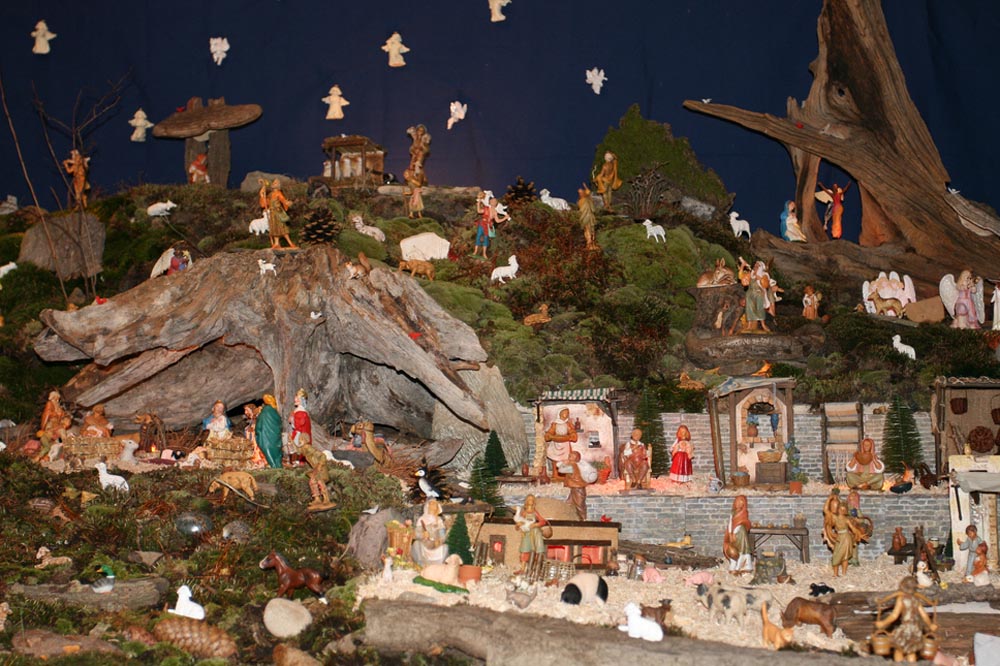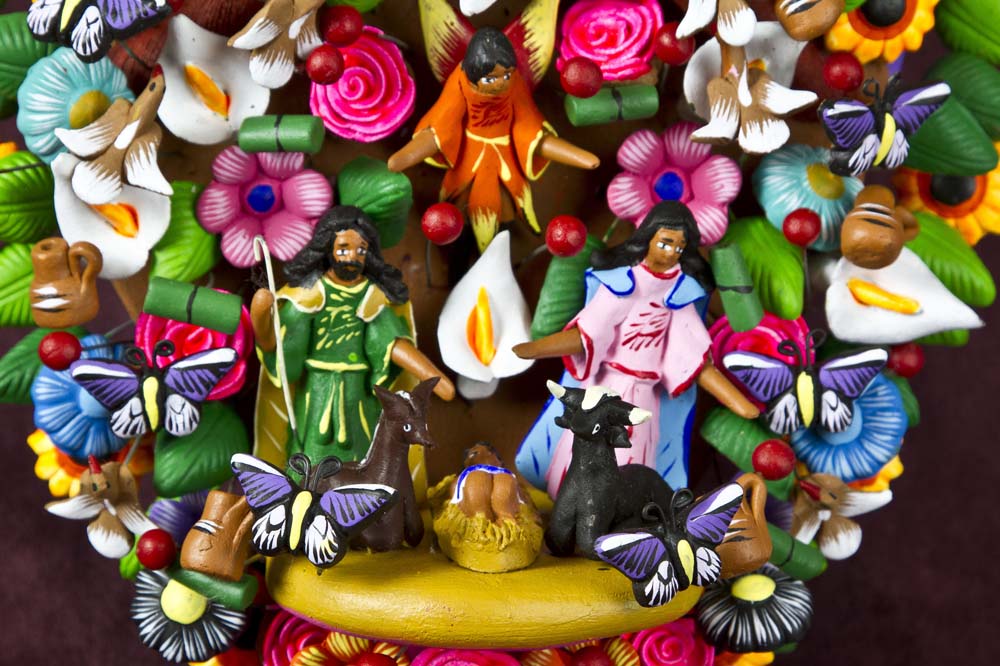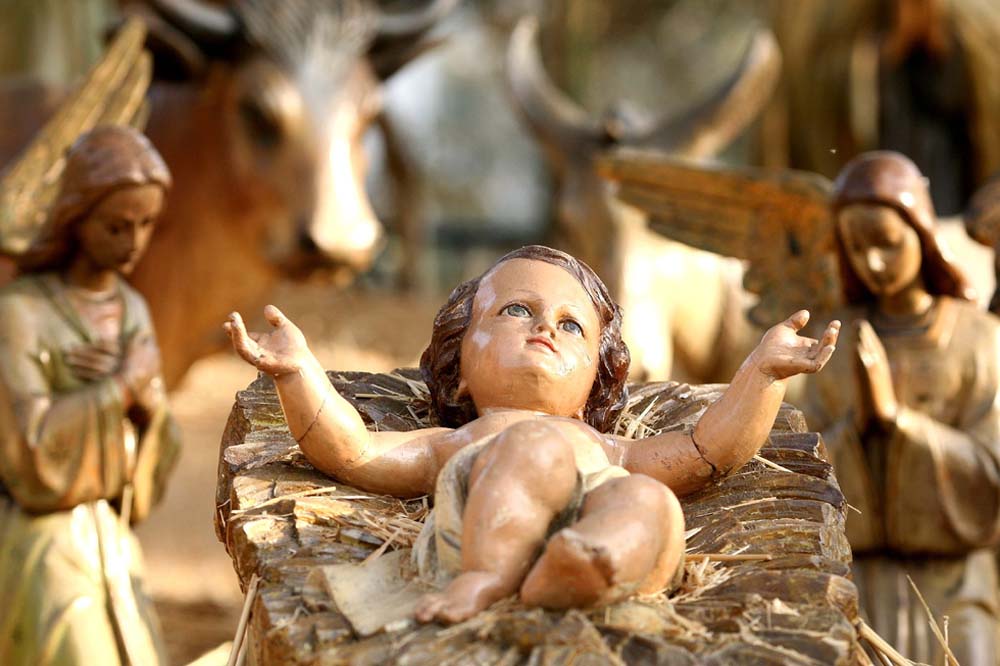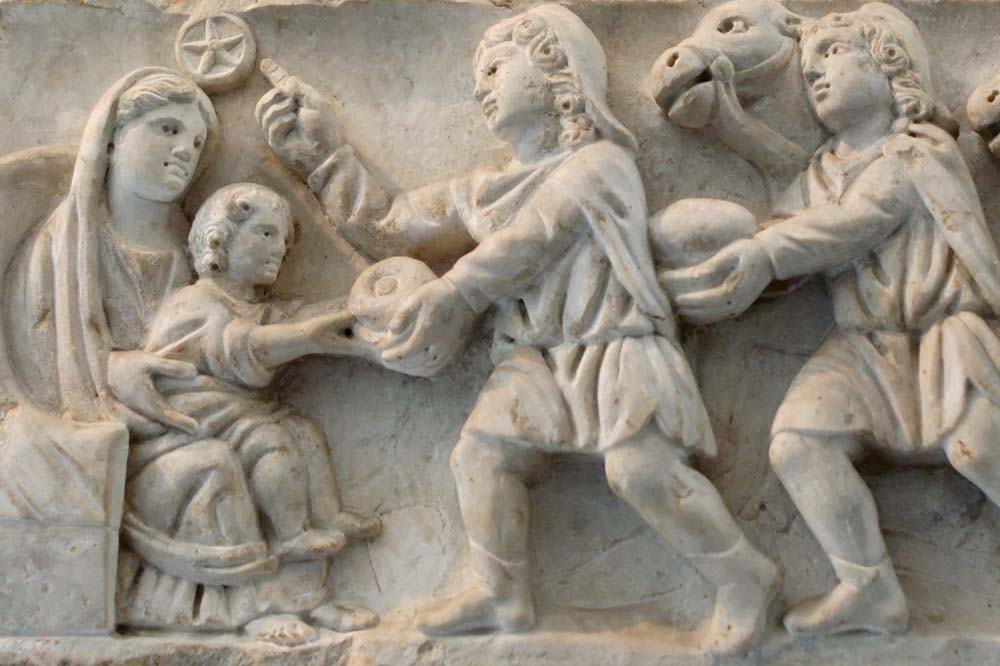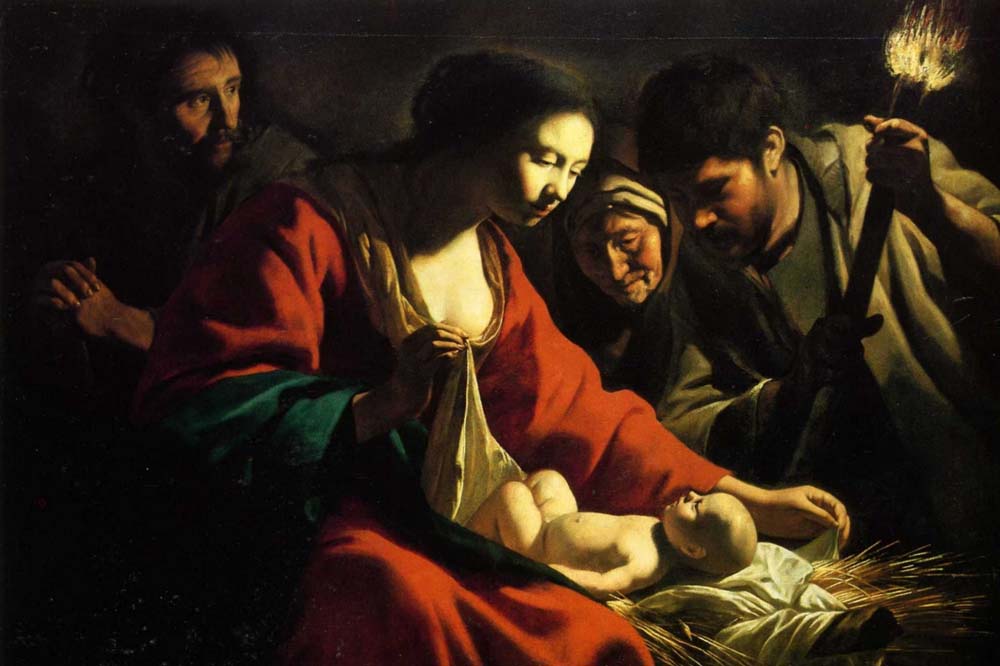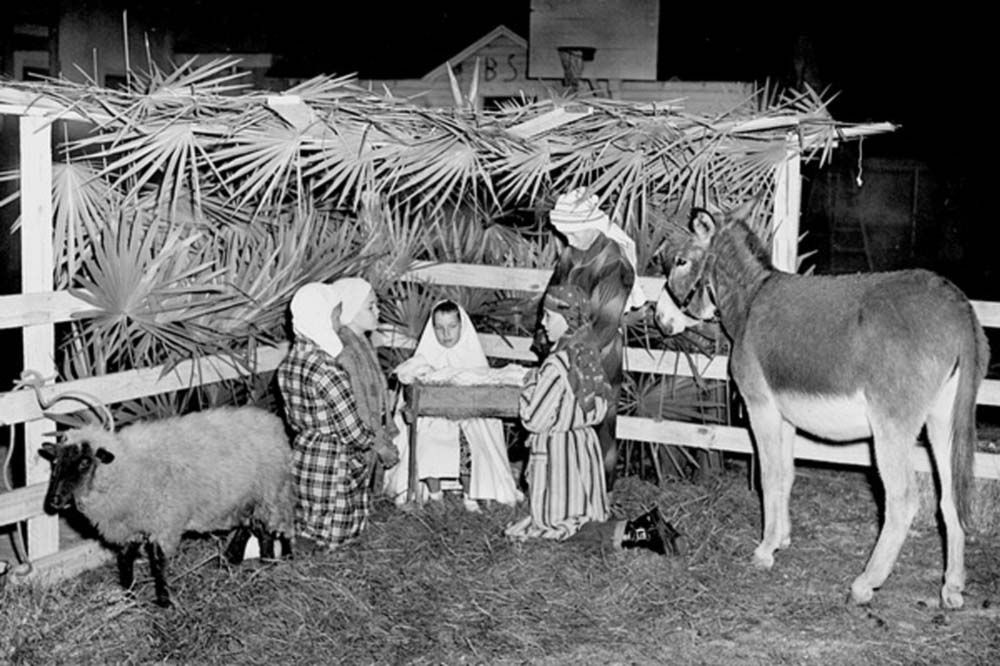American crèche traditions started in the 18th century with a small group of Protestant immigrants who brought their Christmas customs to their new homeland in the New World. The United Brethren from Herrnhut, commonly called the Moravians, was founded in Bohemia during the 15th century (in what is now the Czech Republic). On Christmas Eve
More-
How Nativity Scene Traditions Developed in America
-
How Nativity Scenes Reflect Local Cultures
In a moving testimony to the power of faith and to the promise of Christmas, nativity scenes are a holiday tradition all over the world. While their basic elements – the Holy Family, animals, shepherds, and the Magi – are similar, their designs and materials vary dramatically. In fact, nativity sets can even be collectible pieces
More -
Traditions for Placing Jesus and the Magi in Nativities
One of the most meaningful aspects of setting up a nativity scene inside or outside your home is the opportunity it offers for establishing traditions. Depending on where they grew up and how they were raised, many families have specific customs concerning the setup and the placement of their crèche. Some of these traditions surround
More -
The Art of the Nativity: Sculpture and Carvings
“And she gave birth to her firstborn, a son. She wrapped him in cloths and placed him in a manger, because there was no room for them in the inn.” – Luke 2:7 Since the early 4th century, artists have attempted to capture the wondrous night of Jesus’ birth. Prior to that time early Christians focused
More -
The Art of the Nativity: Paintings
It comes as no surprise that one of the world’s best-loved stories – the story of the birth of Jesus – has been the subject of many artists’ work over the centuries. One of the oldest known paintings of the Nativity is a faded fresco on the Roman catacombs of St. Sebastiano. It bears the
More -
The History of Live Nativities: From Sacrilegious Plays to Beloved Tradition
Although live dramatizations of the Nativity were popular during the Middle Ages, they began to decline in popularity by the end of the era. One reason was that Church authorities denounced the humor that was sometimes added into the presentations. In addition, Protestant Reformers disapproved of theatrical performances in general. In England, for example, the
More
